mobile View, to the German Version tap the flag


- former possession of the Netherland
- in 2010 administratively dissolved
- own name: Nederlandse Antillen
• Flags
• Meaning/Origin of the Flag
• Coat of Arms
• Meaning/Origin of the Coat of Arms
• Map
• Numbers and Facts
• History
• Origin of the Country's Name
• Flags of the Islands
– Curaçao
– Bonaire
– Sint Maarten
– Sint Eustatius
– Saba
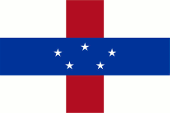
1986–2010,
National flag,
ratio = 2:3,
Source, by: Wikipedia (DE)





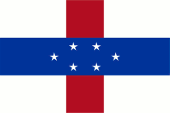
1959–1986,
National flag,
ratio = 2:3,
Source, by: Wikipedia (DE)



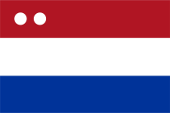
to 1930,
Flag of the governor of the Netherlands Antilles,
ratio = 2:3,
Source, by: Flags of the World



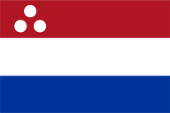
1930–1966,
Flag of the governor of the Netherlands Antilles,
ratio = 2:3,
Source, by: Flags of the World



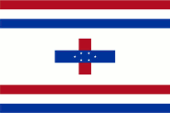
1966–1987,
Flag of the governor of the Netherlands Antilles,
ratio = 2:3,
Source, by: Flags of the World



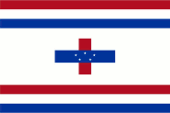
1987–2010,
Flag of the governor of the Netherlands Antilles,
ratio = 2:3,
Source, by: Flags of the World




The flag of the Netherlands Antilles was hoisted for the first time in 1959. It showed – like the flag of the Netherlands itself – two stripes in red and blue on white ground, but placed crosswise. Blue stood here for the Caribbean Sea. The five white five-pointed stars stood for the five islands which belong to the Netherlands Antilles. In occasion of the separation of Aruba Island from the Netherlands Antilles they had to remove one sixth star already on the 1st of January in 1986. The colours of the flag seemed to be defined as follows: Blue = HEX #002588, which would correspond to Reflex Blue or better Pantone 622, Red = HEX #DD1017, which would correspond to Pantone 2035 or better Pantone 1788. This would make the hues of red and blue slightly different from those of the Dutch flag. These have been defined since 1958, namely: Blue = HEX #1E4785, which would correspond to Pantone 541, Red = HEX #A91F32, which would correspond to Pantone 187.
Source: 1) Wikipedia (EN), 2) Wikipedia (EN), Volker Preuß

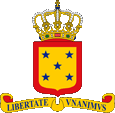
1986—2010,
Coat of arms of the Netherlands Antilles,
Source, by: Flags of the World

The coat of arms of the Netherlands Antilles showed a red bordered golden shield with five blue five-pointed stars, above the Dutch crown. The golden banner below the shield showed the motto "LIBERTATE UNANIMUS" → "UNANIMOUS IN FREEDOM". The colours yellow (gold) and red have its roots probably in the former Spanish lords of the islands. The five stars stand for the five islands which belong to the Netherlands Antilles. In occasion of the separation of Aruba Island from the Netherlands Antilles they had to remove one sixth star already on the 1st of January in 1986.
Source: Wikipedia (DE)

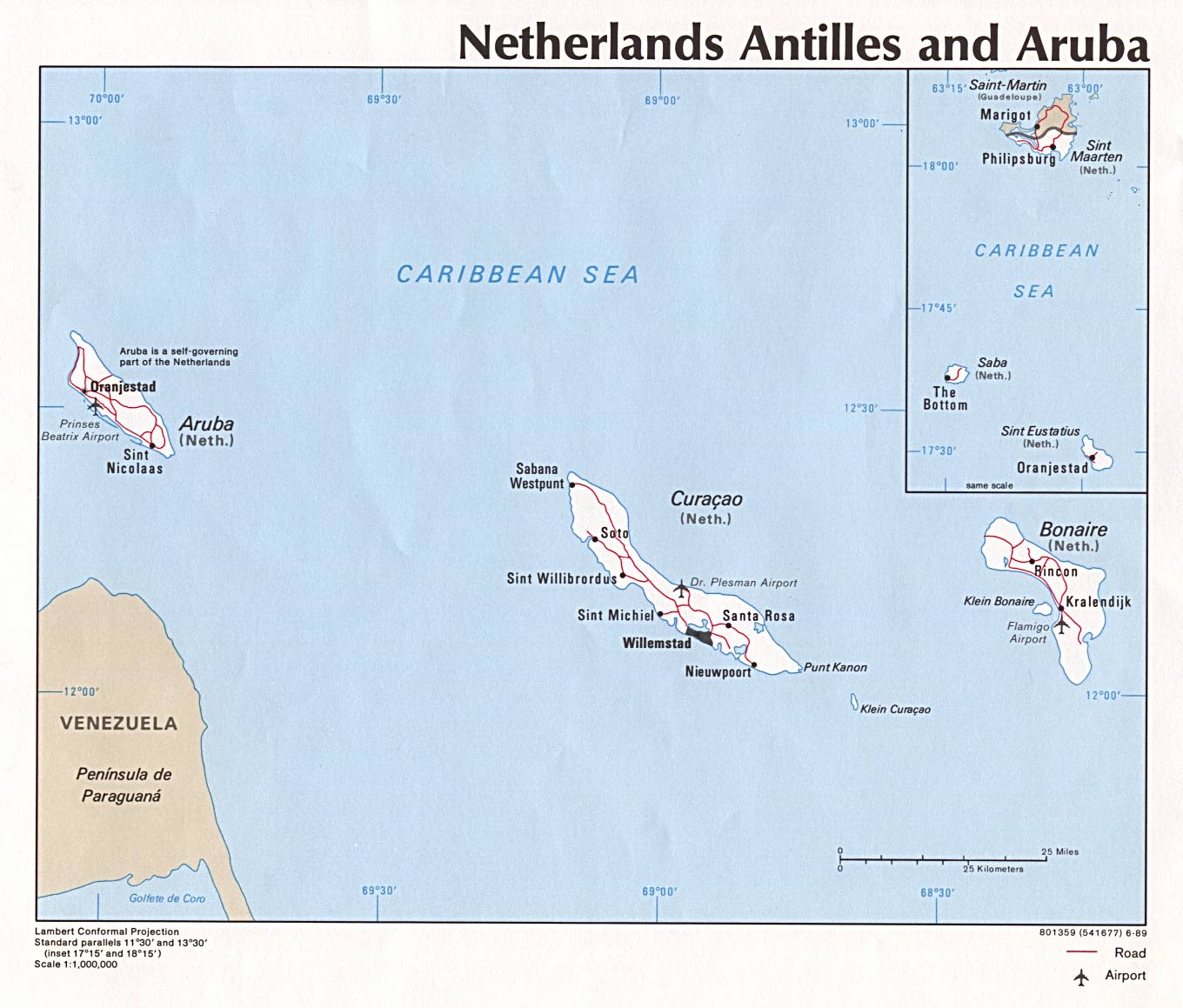
enlarge: click or tap here, Source: Free Maps www.mapcruzin.com

Area: 309 square miles, thereof Curaçao 171 sq.mi., Bonaire 111 sq.mi., Sint Maarten 13 sq.mi., Sint Eustatius 8 sq.mi., Saba 5 sq.mi.
Inhabitants: 199.929 (2009), thereof 85% Antillians, 10% Caribs and Arawaks, 5% Europeans, Asian
Religions: 72% Roman Catholic, 15% other Christian, 3% Protestant, 1% Jewish
Density of Population: 647 inh./sq.mi.
Capital: Willemstad, 140.000 inh. (2008)
official Language: Dutch
other Languages: Papiamento, Spanish, English
Currency: 1 Antillean Guilder (ANG, NAFl.) = 100 Cent
Time Zone: GMT – 4 h
Source:
Wikipedia (EN),
Wikipedia (DE),
Länder der Erde

1499 · discovery of Curaçao Island
1527 · Spain appropriates the islands
1634 · begin of the Dutch colonization, but frequent changes between Dutch and British ownership
1816 · the Dutch ownership of the islands becomes confirmed contractually
1951 · the Netherlands Antilles get internal autonomy
1981 · Aruba Island demands for the first time for more autonomy within the Netherlands Antilles
1986 · Aruba Island leaves the association of the Netherlands Antilles most appreciably
10th of October 2010 · Netherlands Antilles become dissolved administratively – Curaçao and Sint Maarten become an autonomous country within the Netherlands (like Aruba in 1986), Bonaire, Sint Eustatius and Saba become special municipalities of the Netherlands, but don't belong to any province
Source:
Atlas zur Geschichte,
Wikipedia (DE),
Länder der Erde

As the Spaniards discovered the lots of small islands of the Lesser Antilles they named them "Islas Inútiles" what means "Useless Islands". In the course of times the "Inútiles" became the "Antilles".
Source:
Wikipedia (DE)


![]()











